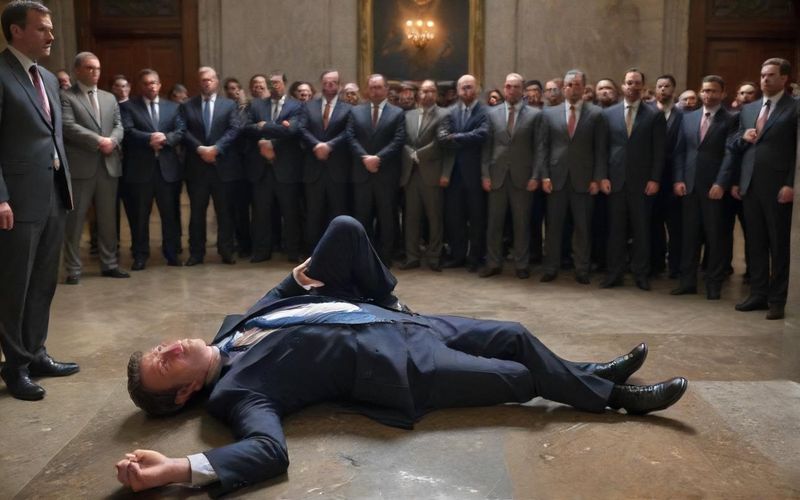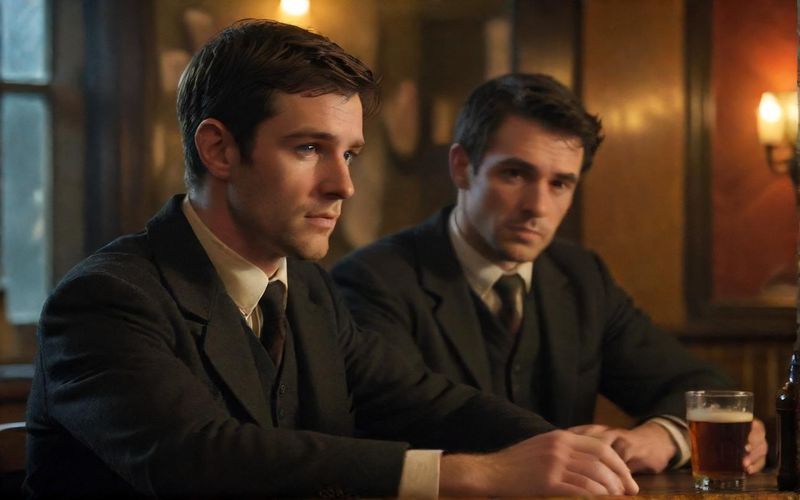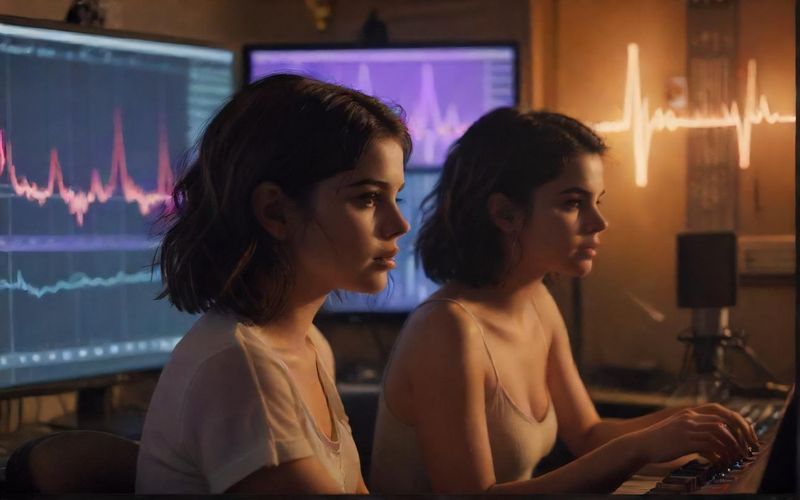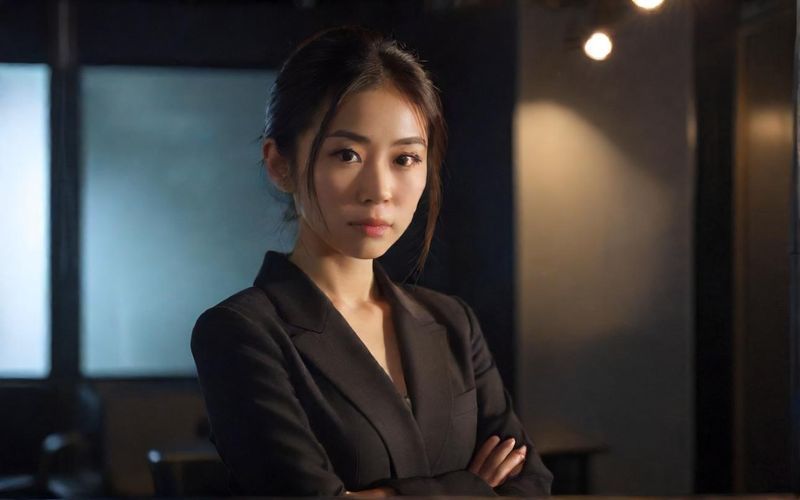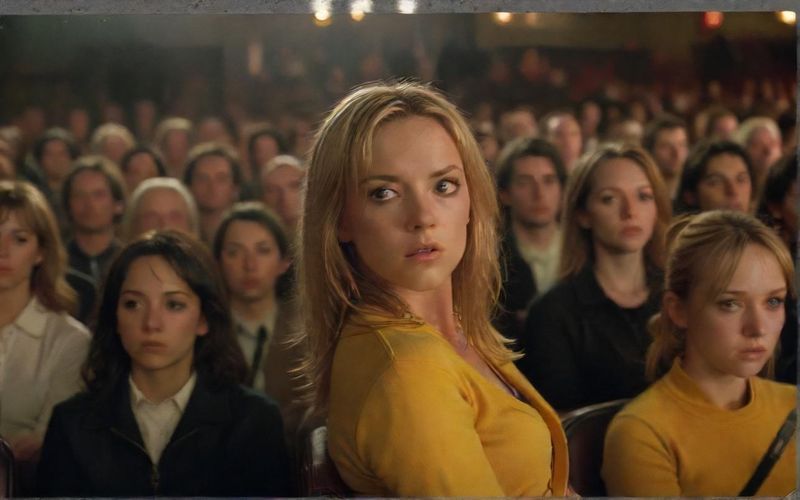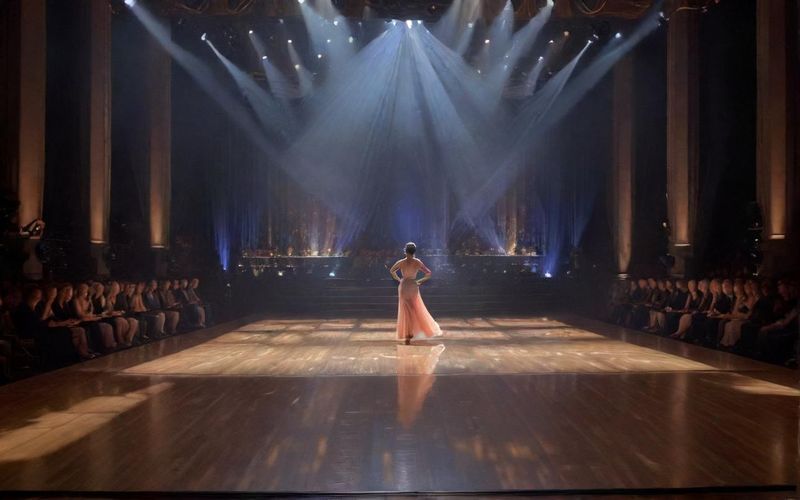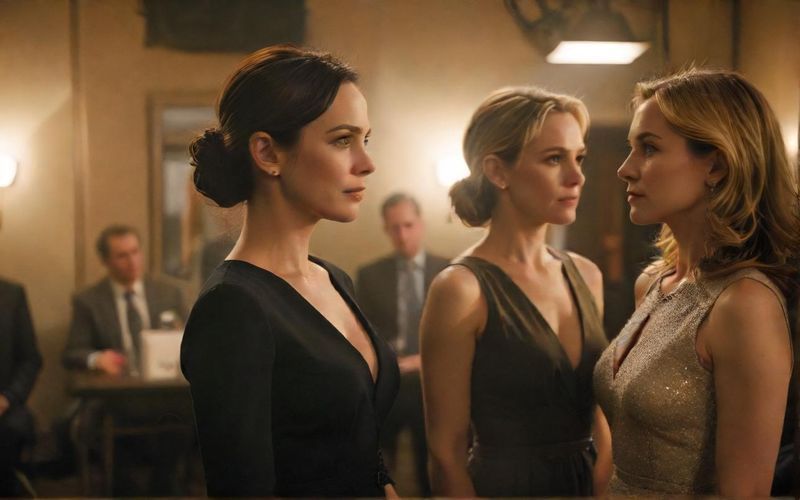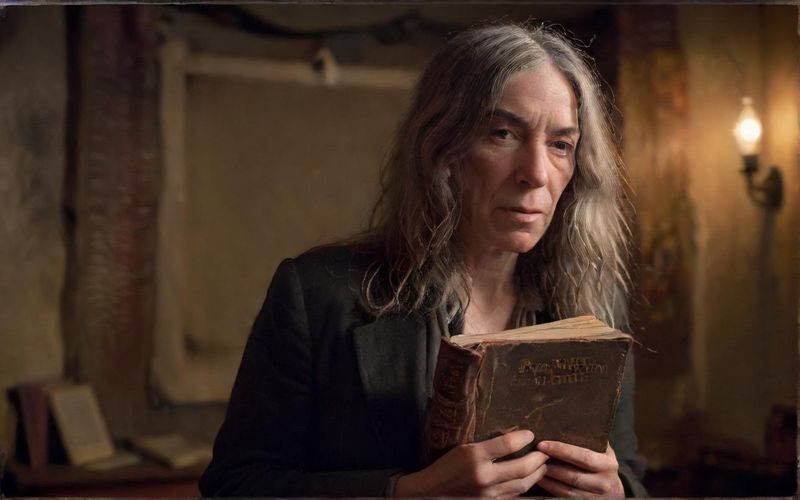Star Wars Visions: New Series Beckons
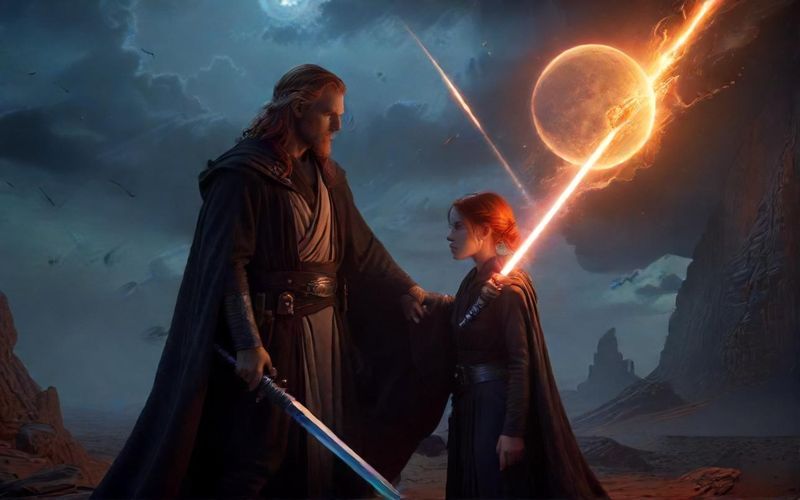
For years, Star Wars has been a masterclass in storytelling, but it’s also navigated some choppy waters with its recent content. Amidst the divisiveness, however, an unlikely success story has emerged: Star Wars: Visions. This animated anthology, featuring distinct styles from animation studios across the globe, has offered a breath of fresh air. And it’s within this very series that the franchise has stumbled upon something truly special, something that has the rare ability to unite a divided fanbase.
Season 3 of Visions has boldly gone where no Star Wars installment has gone before by revisiting beloved stories from its past. The return of characters from "The Duel" and "The Ninth Jedi" proves that standalone narratives, when compelling enough, deserve a second act. This instinct to nurture promising tales is precisely what the franchise has been yearning for. While many segments could benefit from further exploration, one episode, in particular, stands out as the ideal candidate for its own dedicated series: "Journey to the Dark Head."
This Studio Mir-crafted gem, a visually stunning meditation on balance and fate, echoes the very essence of Star Wars’ foundational conflict. At its heart, it’s a story of a Jedi, Toul, and a young woman, Ara, tasked with destroying a prophetic statue on her homeworld, a symbol of the Dark Side. What makes this tale so resonant is its nuanced approach to familiar themes. Toul’s internal struggle, his grappling with anger and the ghosts of his past—mirroring Anakin Skywalker’s tragic path—is presented not as an inevitable descent, but as a conscious choice. Unlike Anakin, Toul finds a way to acknowledge the balance, to overcome the temptation, offering a more hopeful outlook on the Jedi path. This intricate character arc, born from a place of pain yet steered toward light, is ripe for deeper exploration.
Beyond the internal struggles, the true magic of "Journey to the Dark Head" lies in the dynamic between Toul and Ara. Their initial friction, born from differing perspectives and personalities, slowly blossoms into mutual respect and reliance. Their banter, sprinkled with sarcasm and affectionate jabs, injects a much-needed dose of humor into the otherwise serious narrative. Witnessing their reluctant partnership evolve, seeing them rescue each other in moments of peril, is a testament to their chemistry. This evolving friendship, still in its nascent stages by the episode’s end, is precisely the kind of slow-burn connection that can anchor a full-fledged series, providing ample opportunities for both hilarious exchanges and profound emotional growth.
The brilliance of "Journey to the Dark Head" lies in its setup for something more. At the conclusion, Toul invites Ara to join him on his next mission. In the midst of a galactic war, this invitation isn't merely a polite gesture; it's a promise of further adventure. This narrative thread, easily capable of filling more than just a 19-minute runtime, offers the perfect justification for a new series. And the fact that Visions operates outside of the established canon provides an unparalleled creative freedom. While not officially part of the timeline, the episode hints at the Old Republic era, a period largely unexplored in live-action Star Wars, offering a chance to delve into a richer, more distant past, akin to the ambition shown in The Acolyte but with even greater latitude.
The success of characters like The Ronin, who has already spawned multiple Visions shorts, a comic, and a novel, demonstrates the immense appeal of these non-canon explorations. The desire for more stories from these richly imagined corners of the Star Wars universe is palpable among fans. If The Ronin is ripe for a feature film, then Toul and Ara, with their compelling personal journeys and burgeoning camaraderie, are equally, if not more so, deserving of their own series. In a galaxy often focused on the same cycles of conflict, "Journey to the Dark Head" offers a chance to forge a new path, to explore complex themes with a fresh perspective, and to build a beloved duo that could become the next iconic pairing in the Star Wars saga.
As we look towards the future of Star Wars, should we be prioritizing these rich, non-canon narratives as the bedrock for new canon expansions, or is the risk of diluting established lore too great?
